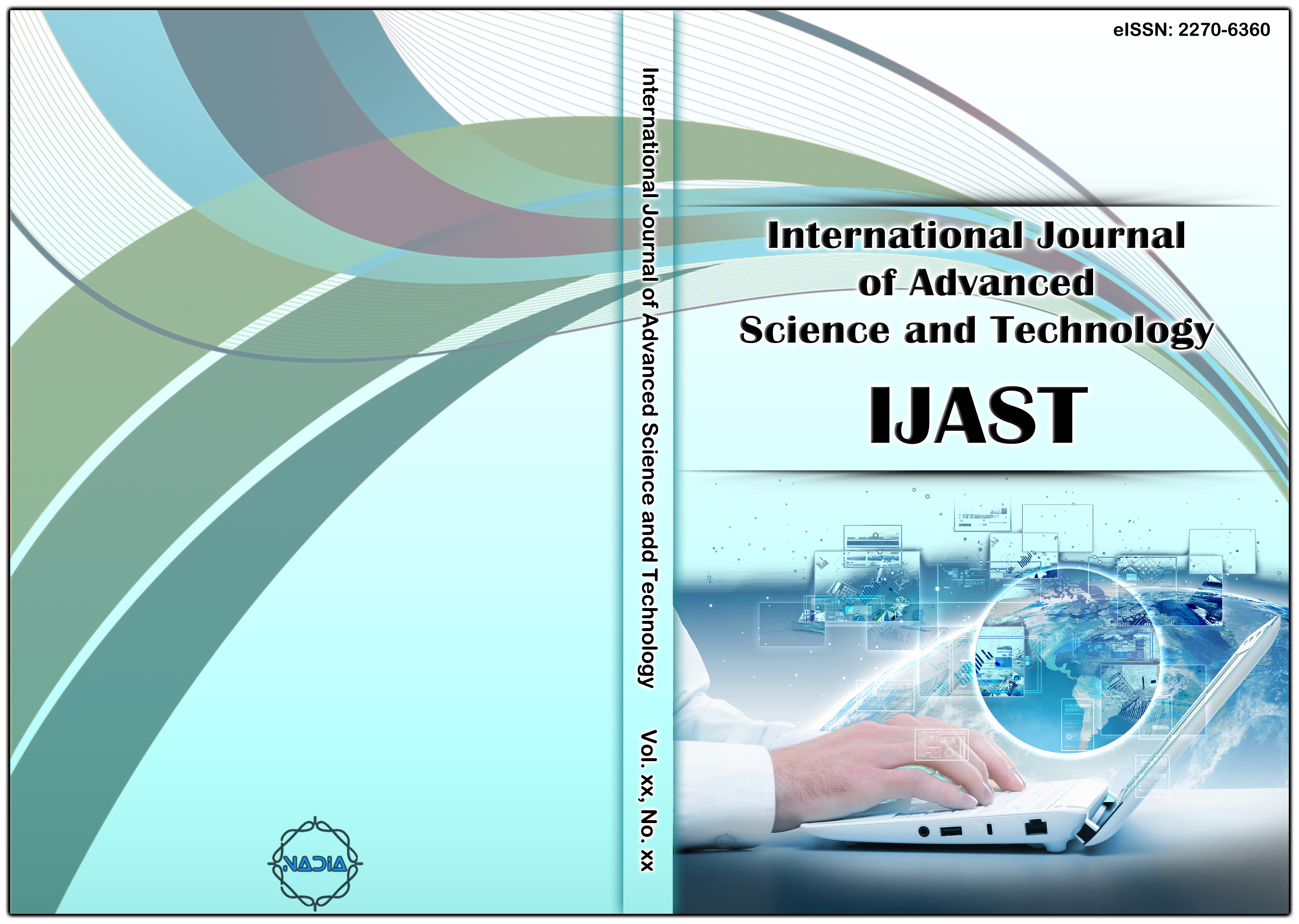[1] Suparmi and A. Sahri, "Mengenal potensi rumput laut : Kajian pemanfaatan sumber daya rumput laut dari aspek industri dan kesehatan", Jurnal Majalah Ilmiah Sultan Agung., vol. 44, (2009): 95-116.
[2] S. Handayani, T. M. Setia, S. E. Rahayu, "Pengenalan makroalgae Indonesia", Dian Rakyat, Jakarta, (2014).
[3] S. K. Kim, "Marine proteins and peptides biological activities and applications", Blackwell Publisher, United Kingdom, (2013).
[4] S. Handayani and R. Widowati, "Inventarisasi dan identifikasi spesies makroalgae di pulau Tidung Kepulauan Seribu dalam upaya menggali sumber hayati potensial", Universitas Nasional, Jakarta, (2016).
[5] R. Alghazeer, F. Whida, E. Abduelrhman, F. Gammoudi and S. Azwai, “Screening of antibacterial activity in marine green, red and brown macro algae from the western coast of Libya”, Natural Science., vol. 5, (2013): 7-14.
[6] P. Arunachalam, R. Uthandakalai and R. Rajsmaill, "Evaluation of antibacterial activity of some selected green seaweed extracts from Muttam coastal areas, Kanyakumari, Tamil Nadu, India", Journal of Coastal Life Medicine., vol. 2, (2014): 112-115.
[7] Al-Saif SS, Abdel-Raouf N, El-Wazanani HA and Aref IA, "Antibacterial substances from marine algae isolated from Jeddah coast of Red sea, Saudi Arabia", Saudi Journal of Biological Sciences., vol. 21, (2014): 57-64.
[8] A. Ismail, L. Ktari, M. Ahmed, H. Bolhuis, A. Bouddabous, L. J. Stal, M. S. Cretoiu and M. E. Bour, "Antimicrobial activities of bacteria associated with the brown algae Padina pavonica", Frontiers in Microbiology., vol. 7, no. 72016, (2016): 1-13.
[9] S. Khoiriyah, A. Hanapi and A. G. Fasya, "Uji fitokimia dan aktivitas antibakteri fraksi etil asetat, kloroform dan petroleum eter ekstrak metanol algae coklat Sargassum vulgare dari pantai kapong pamekasan Madura", ALCHEMY., vol. 3, (2014): 133-144.
[10] N. Karthick, M. A. Fathimal, K. Ramesh, H. Sridhar, M. Natrajan, V. V. Divya, M. Umanitha and S. Umamaheswari, "Screening of phytochemicals and antimicrobial activity of Caulerpa scalpelliformis collected from Manapad Coast, Tuticorin District, Tamilnadu, South India", Journal of Coastal Life Medicine., vol. 2, (2014): 107-111.
[11] R. Paramsivam, S. Sudevan, S. Sundar and V. Ramasamy, "Study on metabolic compounds of Gracilaria salicornia against anti-inflammatory activity", International Journal of Current Microbiology and Applied Sciences., vol. 5, (2016): 202-211.
[12] R. Alghazeer, A. Elmansori, M. Sidati, F. Gammoudi, S. Azwai, H. Naas, A. Garbaj and I. Eldaghayes, “In vitro antibacterial activity of flavonoid extracts of two selected Libyan algae against multi-drug resistant bacteria isolated from food products”, Journal of Bioscience and Medicines., vol. 5, (2017); 26-48.
[13] Z. Demirel, F. F. Yilmaz-Koz, U. N. Karabay-Yavasoglu, G. Ozdemir and A. Sukatar, "Antimicrobial and antioxidant activity of brown algae from the Aegean Sea", Journal of the Serbian Chemical Society, vol. 74, (2009); 619-628.
[14] Prasetya dan E. Inoriah, "Pengelolaan budidaya tanaman obat-obatan (bahan simplicia)", Badan Penerbitan Fakultas Pertanian UNIB, Bengkulu, (2013).
[15] CLSI, "Performance standards for antimicrobial disk susceptibility tests; Approved standard—Eleventh edition. In CLSI document M02-A11", Wayne, PA, USA, (2012).
[16] CLSI, "Performance standards for antimicrobial susceptibility testing; Twenty-first informational supplement. In CLSI document M100-S21", Wayne, PA, USA, (2011).
[17] H. J. Seltman, "Experimental design and analysis", Carnegie Mellon University, USA, (2015).
[18] C. Govindasamy, S. Narayani, M. Arulpriya, P. Ruban, K. Anantharaj and R. Srinivasan, "In vitro antimicrobial activities of seaweed extracts against human pathogens", Journal of Pharmacy Research., vol. 4, (2011); 2076-2077.
[19] P. Mamahit, J. Wuisan, P. S. Anindita, "Efektivitas ekstrak daun jambu mawar (Syzigium jambos L. Alston) menghambat pertumbuhan Streptococcus mutans secara in vitro", Pharmacon Jurnal Ilmiah Farmasi, vol. 5, (2016); 53-58.
[20] S. J. Cavalieri, "Manual of antimicrobial susceptibility testing", American Society for Microbiology, USA, (2005).
[21] H. Inayati, "Potensi antibakteri ekstrak daun kedondong bangkok (Spondias dulcis Forst.)" Institut Pertanian Bogor, Bogor, (2007).
[22] Nurfadilah, "Uji bioaktifitas antibakteri ekstrak dan fraksi lamun dari Kepulauan Spermonde, Kota Makassar", Universitas Hasanuddin, Makassar, (2013).
[23] G. F. Brooks, K. C. Carroll, J. S. Butel, S. A. Morse and T. A. Meitzner, "Jawetz, Melnick, & Adelberg’s Medical Microbiology", The McGraw-Hill Companies, Inc, (2013).
[24] S. Madduluri, K. B. Rao, B. Sitaram, "In vitro evaluation of antibacterial activity of five indigenous plants extract against five bacterial pathogens of human", International Journal of Pharmacy and Pharmaceutical Sciences., vol. 5, (2013); 679-684.
[25] M. Poeloengan and Praptiwi, "Uji aktivitas antibakteri ekstrak kulit buah manggis (Gardnia mangostana Linn)", Media Litbang Kesehatan., vol. 20, (2010); 65-69.
[26] Y. Fatisa, "Daya antibakteri estrak kulit dan biji buah pulasan (Nephelium mutabile) terhadap Staphylococcus aureus dan Escherichia coli secara in vitro", Jurnal Peternakan., vol. 10, (2013); 31-38.
[27] Silvikasari, "Aktivitas antibakteri ekstrak kasar flavonoid daun gambir (Uncaria gambir Roxb)", Institut Pertanian Bogor, Bogor, (2011).
